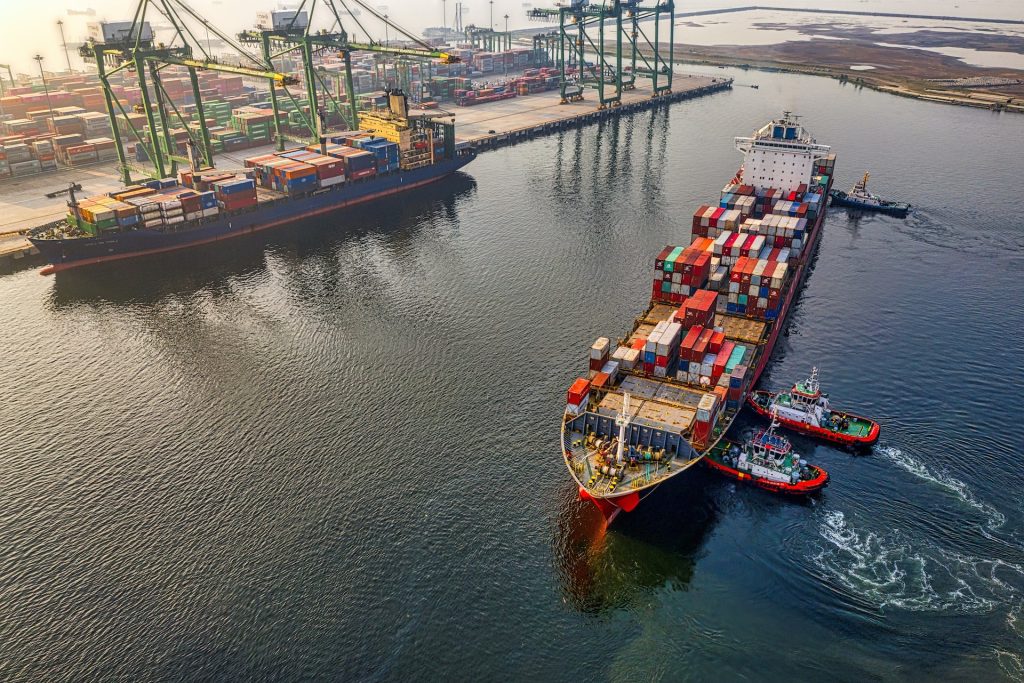Sea Shipping
Sea shipping, a cornerstone of international trade, involves the transportation of goods via cargo vessels across the world’s oceans. This method is particularly advantageous for large-scale shipments, such as bulk commodities and manufactured goods. Sea shipping is renowned for its cost-effectiveness and sustainability, making it a preferred choice for businesses engaged in global commerce. It accommodates a diverse range of cargo, from raw materials to finished products, playing a pivotal role in connecting markets and facilitating economic growth on a global scale.


Land Shipping
Land shipping is a vital component of the global logistics network, utilizing trucks and trains to transport goods across varying terrains. It offers flexibility in reaching destinations efficiently, making it ideal for regional and cross-border deliveries. With the ability to navigate diverse landscapes, land shipping is well-suited for transporting a wide range of goods, from perishables to industrial equipment. This mode of transportation is characterized by its adaptability and reliability, contributing significantly to the seamless movement of goods within specific geographic areas.
Air Shipping
Airplane shipping stands at the forefront of rapid and efficient global logistics. Utilizing cargo planes, this mode of transportation ensures swift delivery of goods, making it indispensable for time-sensitive shipments. Air freight is the preferred choice for perishable items, high-value products, and situations where speed is paramount. While it may be costlier than other methods, the speed and reliability of airplane shipping make it a crucial component of supply chains, particularly for industries requiring quick turnarounds and just-in-time inventory management.

